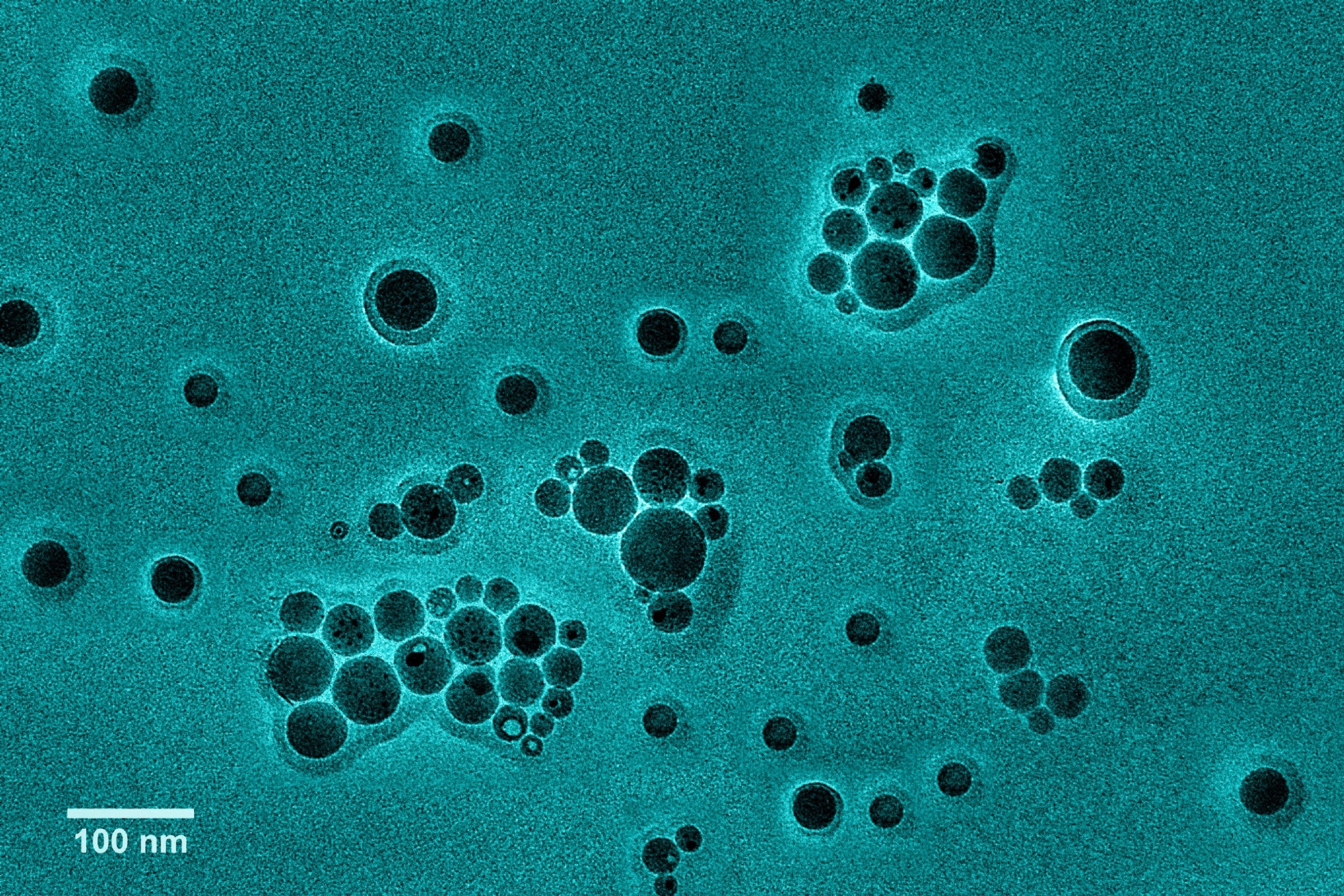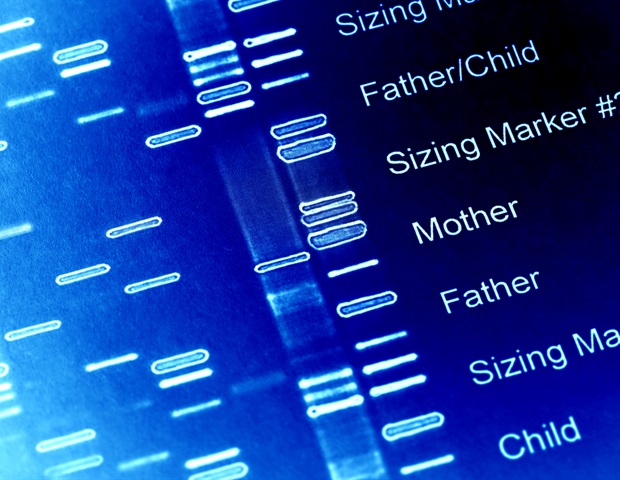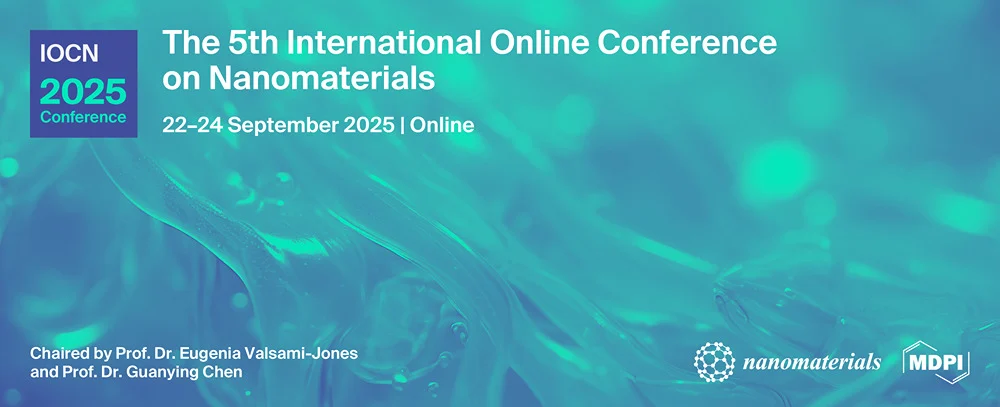Researchers boost semiconductors with magnetic atoms to create more than 20 new materials
A new method for combining magnetic elements with semiconductors—which are vital materials for computers and other electronic devices—was unveiled by a research team led by the California NanoSystems Institute at UCLA.
Ambient electron beam synthesis produces high yield graphdiyne in seconds
Electron beam method enables high-yield graphdiyne synthesis in seconds under ambient conditions, offering a fast route to carbon-based catalytic materials.
School of Architecture and Planning recognizes faculty with academic promotions in 2025

The faculty members’ work comprises multifaceted research and scholarship across a wide range of disciplines.
Clean Laser Technique Creates Ultra-Pure Nanoparticles for Smarter Machines

Researchers develop a clean, scalable laser-based method to produce ultra-pure nanoparticles, paving the way for advanced sensors, artificial synapses, and human-machine interfaces.
Scientists twist DNA into self-building nanostructures that could transform technology
Scientists have used DNA's self-assembling properties to engineer intricate moiré superlattices at the nanometer scale—structures that twist and layer like never before. With clever molecular “blueprints,” they’ve created customizable lattices featuring patterns such as honeycombs and squares, all with remarkable precision. These new architectures are more than just scientific art—they open...
Study uncovers how teeth hold key clues to childhood craniofacial disorders

Teeth may seem like static fixtures, but a new collaboration between engineers and clinicians is proving just how dynamic, informative and medically significant our teeth can be.
Phosphorylation of phase-separated p62 bodies by ULK1 activates a redox-independent stress response
The article “Phosphorylation of phase-separated p62 bodies by ULK1 activates a redox-independent stress response” by Yasuhiro Fujioka, Yuko Noda, Atsushi Noda, Yukari Yamasaki, Rika Hayakawa, Kazuaki Okada, Takeshi Iwatsubo, Yoshinori Watanabe, and Nobuo N. Noda is a landmark contribution to molecular biology. Their work uncovers a novel redox-independent mechanism for NRF2 activation through...
